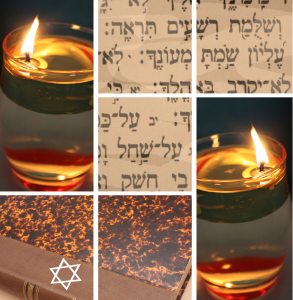It’s fortunate that you observed the laws and customs of the shiva or seven days of mourning. It has an amazing power to enable one to grieve in a healthy manner, which alleviates much internal suffering. If you have not yet done so, I recommend you tear an outer garment in the spot that covers your heart with the recitation of the appropriate blessing. This is a great honor to your mother and also relieves much bitterness from the heart, as the Talmud says.
Following the shiva is the period of shloshim, 30 days of abstention from certain enjoyable activities. Then is the period of, shanah, the year of mourning. During this entire period the Kaddish prayer is recited. The exact details of these laws and customs are outlined in a number of books today available in English. I highly recommend The Jewish Way in Death and Mourning by Maurice Lamm. It will explain, in a very meaningful way, how to get the most out of that period. I also recommend Remember My Soul by Lori Palatnik, which will bring you much comfort as well as advice on how to remember your mother in a positive, healing way.
In general, when a person passes on, he or she takes their station in the next world in accordance with their actions in this world. They cannot do anything further in the next world to achieve a higher station. That is the meaning of the statement, “today (this world) is for performing them (the mitzvos), and not tomorrow (the next world) to perform them, tomorrow is for receiving their reward and not today.”
A soul can however continue to grow. A soul in the afterlife can continue to achieve higher heights even in the next world when mitzvot are done in this world in the deceased’s memory, especially by his or her children. The Talmud says, “B’rva Kara D’avruhaon,” a child is like a leg of the parent, meaning the parent’s soul continues to “walk” in this world through the actions of the children, thereby achieving higher levels and enhanced illumination through their meritorious acts.
The recitation of the Kaddish, performance of mitzvot and the study and support of Torah are tremendous nachas to the soul of a beloved one. The lighting of Shabbat candles before sundown every week is a beautiful way to remember and remain connected. The verse states, “the candle of G-d is the soul of a person.” Much as you lit a candle at the shiva to keep the light of soul of your mother’s soul lit in your home, the lighting of Shabbos candles will do so and bring much light to her soul in the next world. The light of her soul will illuminate your home and penetrate the souls of your family and children. This will lead to a meaningful and ongoing connection for many years to come.
May you be comforted among the mourners of Zion and Jerusalem.
Sincerely,
Rabbi Yerachmiel Fried


